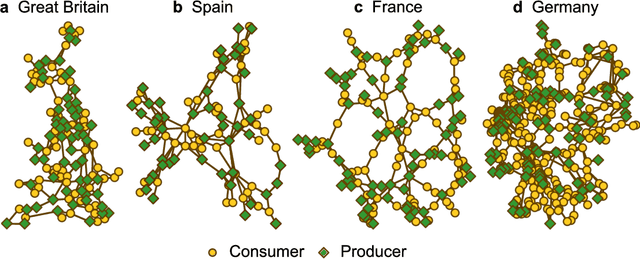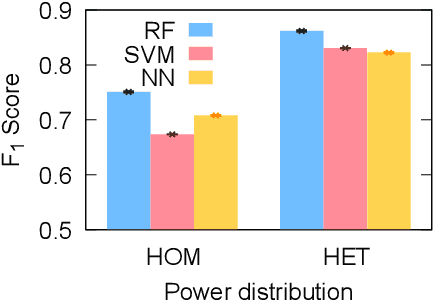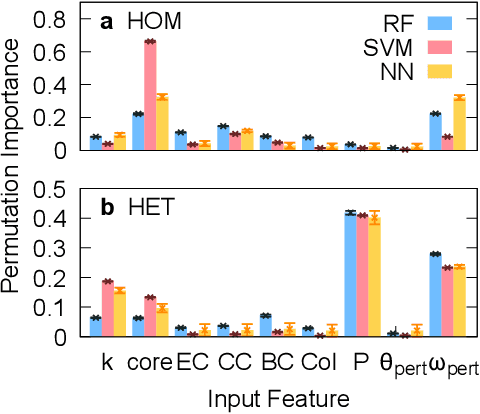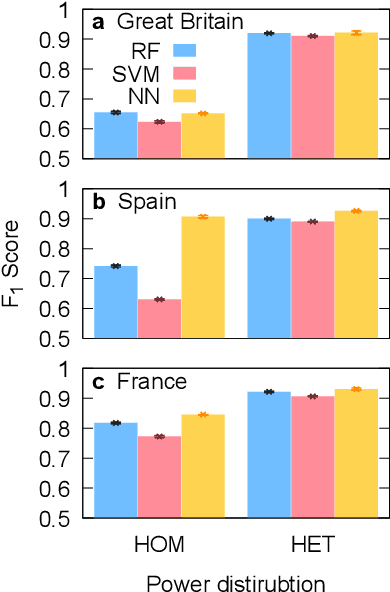Seung-Woo Son
Enhancing Demand Prediction in Open Systems by Cartogram-aided Deep Learning
Mar 24, 2024Abstract:Predicting temporal patterns across various domains poses significant challenges due to their nuanced and often nonlinear trajectories. To address this challenge, prediction frameworks have been continuously refined, employing data-driven statistical methods, mathematical models, and machine learning. Recently, as one of the challenging systems, shared transport systems such as public bicycles have gained prominence due to urban constraints and environmental concerns. Predicting rental and return patterns at bicycle stations remains a formidable task due to the system's openness and imbalanced usage patterns across stations. In this study, we propose a deep learning framework to predict rental and return patterns by leveraging cartogram approaches. The cartogram approach facilitates the prediction of demand for newly installed stations with no training data as well as long-period prediction, which has not been achieved before. We apply this method to public bicycle rental-and-return data in Seoul, South Korea, employing a spatial-temporal convolutional graph attention network. Our improved architecture incorporates batch attention and modified node feature updates for better prediction accuracy across different time scales. We demonstrate the effectiveness of our framework in predicting temporal patterns and its potential applications.
Power-grid stability predictions using transferable machine learning
May 25, 2021



Abstract:Complex network analyses have provided clues to improve power-grid stability with the help of numerical models. The high computational cost of numerical simulations, however, has inhibited the approach especially when it deals with the dynamic properties of power grids such as frequency synchronization. In this study, we investigate machine learning techniques to estimate the stability of power grid synchronization. We test three different machine learning algorithms -- random forest, support vector machine, and artificial neural network -- training them with two different types of synthetic power grids consisting of homogeneous and heterogeneous input-power distribution, respectively. We find that the three machine learning models better predict the synchronization stability of power-grid nodes when they are trained with the heterogeneous input-power distribution than the homogeneous one. With the real-world power grids of Great Britain, Spain, France, and Germany, we also demonstrate that the machine learning algorithms trained on synthetic power grids are transferable to the stability prediction of the real-world power grids, which implies the prospective applicability of machine learning techniques on power-grid studies.
 Add to Chrome
Add to Chrome Add to Firefox
Add to Firefox Add to Edge
Add to Edge